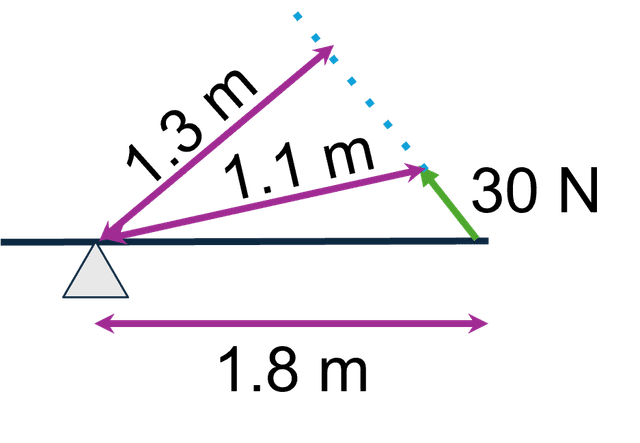Myths about teaching can hold you back


- Year 11•
- AQA•
- Higher
Moments, levers and gears
I can explain how levers and gears transmit the rotational effects of forces.


- Year 11•
- AQA•
- Higher
Moments, levers and gears
I can explain how levers and gears transmit the rotational effects of forces.
These resources will be removed by end of Summer Term 2025.
Switch to our new teaching resources now - designed by teachers and leading subject experts, and tested in classrooms.
These resources were created for remote use during the pandemic and are not designed for classroom teaching.
Lesson details
Key learning points
- A force can produce a turning effect known as a moment.
- If an object is in equilibrium, there is no resultant force or moment on it.
- moment = force × distance (M = Fd)
- Levers can act as force or distance multipliers.
- Gears can be used to transfer moments.
Keywords
Equilibrium - The state of an object when there is no resultant force or moment acting on it.
Moment - The turning effect of a force, measured in newton metres (Nm).
Force multiplier - A type of lever that increases the size of an applied force.
Distance multiplier - A type of lever that increases the distance an applied force moves through.
Gears - Toothed wheels that rotate around an axle and are used to transfer moments.
Common misconception
Pupils may think that a lever gives you ‘something for nothing’ when used as a force multiplier.
Ask a pupil to lift an object by a particular height (say 10 cm) without a pivot, then with a pivot and a plank as a lever to compare the effort and distance moved in each case.
To help you plan your year 11 physics lesson on: Moments, levers and gears, download all teaching resources for free and adapt to suit your pupils' needs...
To help you plan your year 11 physics lesson on: Moments, levers and gears, download all teaching resources for free and adapt to suit your pupils' needs.
The starter quiz will activate and check your pupils' prior knowledge, with versions available both with and without answers in PDF format.
We use learning cycles to break down learning into key concepts or ideas linked to the learning outcome. Each learning cycle features explanations with checks for understanding and practice tasks with feedback. All of this is found in our slide decks, ready for you to download and edit. The practice tasks are also available as printable worksheets and some lessons have additional materials with extra material you might need for teaching the lesson.
The assessment exit quiz will test your pupils' understanding of the key learning points.
Our video is a tool for planning, showing how other teachers might teach the lesson, offering helpful tips, modelled explanations and inspiration for your own delivery in the classroom. Plus, you can set it as homework or revision for pupils and keep their learning on track by sharing an online pupil version of this lesson.
Explore more key stage 4 physics lessons from the Forces make things change unit, dive into the full secondary physics curriculum, or learn more about lesson planning.

Equipment
None required.
Licence
Prior knowledge starter quiz
6 Questions
Q1.Which of the following are the unit of force and its symbol?
Q2.An object is __________ if no resultant force acts on it.
Q3.What is the resultant force acting on the parachutist?
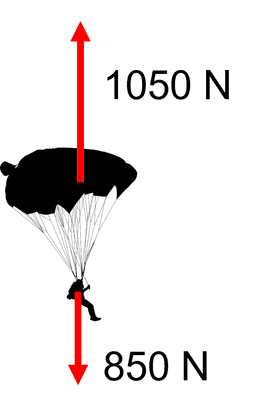
Q4.Which of the following conditions is required for an object to be in equilibrium?
Q5.When an object rotates in the same direction as the hands on a clock, the direction of rotation is called .
Q6.When an object rotates in the opposite direction as the hands on a clock, the direction of rotation is called .
Assessment exit quiz
6 Questions
Q1.Match the following key terms to their definition.
equilibrium -
the state of an object if there is no resultant force or moment on it
moment -
the turning effect of a force, measured in newton metres (Nm)
force multiplier -
a lever that increases the size of an applied force
distance multiplier -
a lever that increases the distance an applied force moves through
gear -
a toothed wheel that rotates and is used to transfer a moment
Q2.In how many of the following situations is the box in equilibrium?
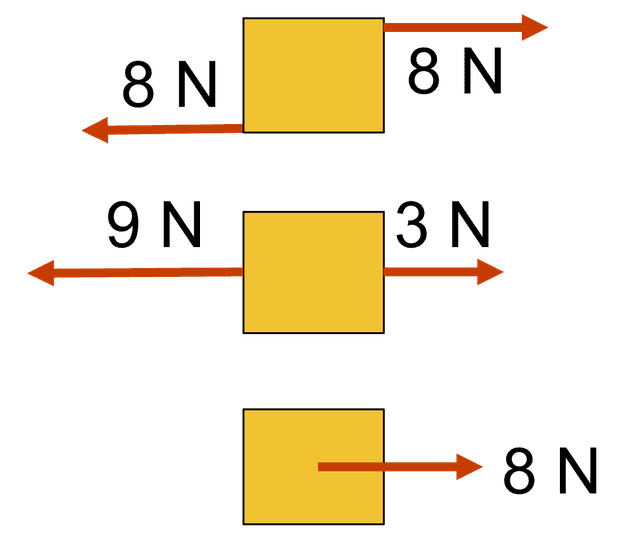
Q3.A lever can be a force multiplier or a distance multiplier. Which of the following levers is a distance multiplier?
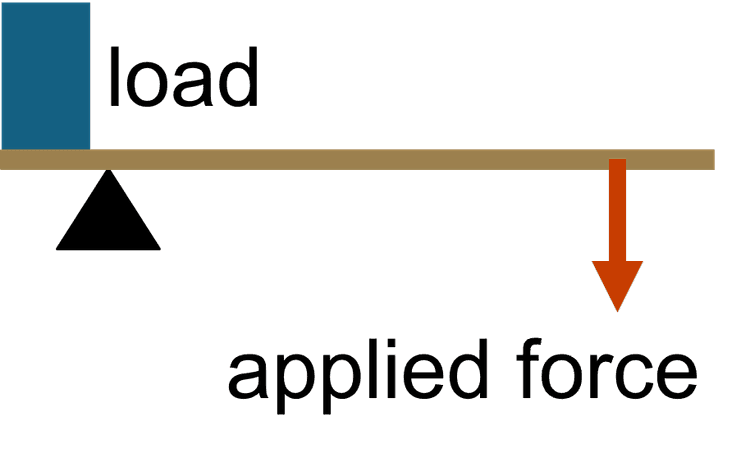
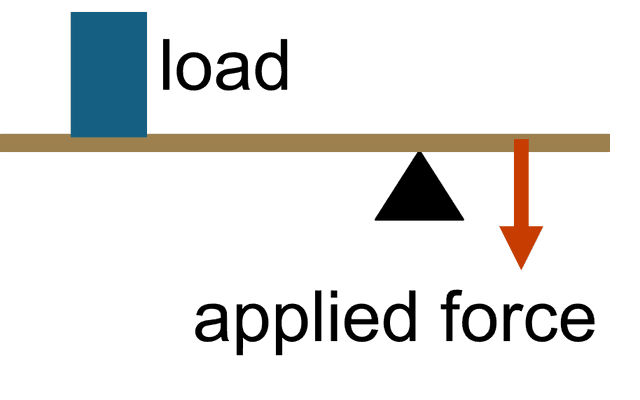
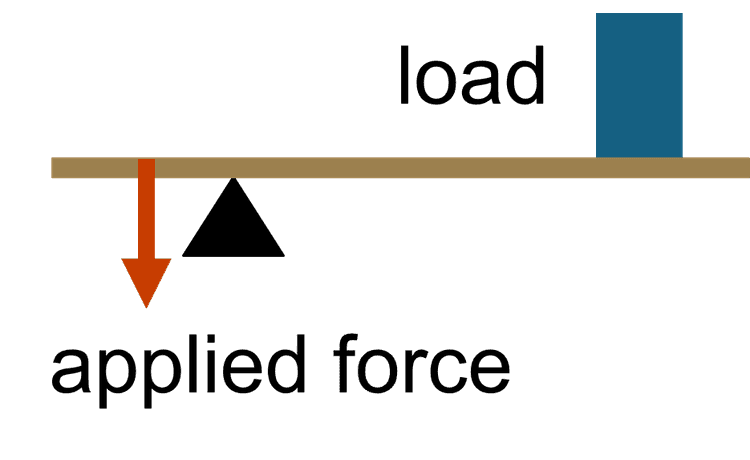
Q4.What is the moment about the pivot caused by the force in the following diagram?
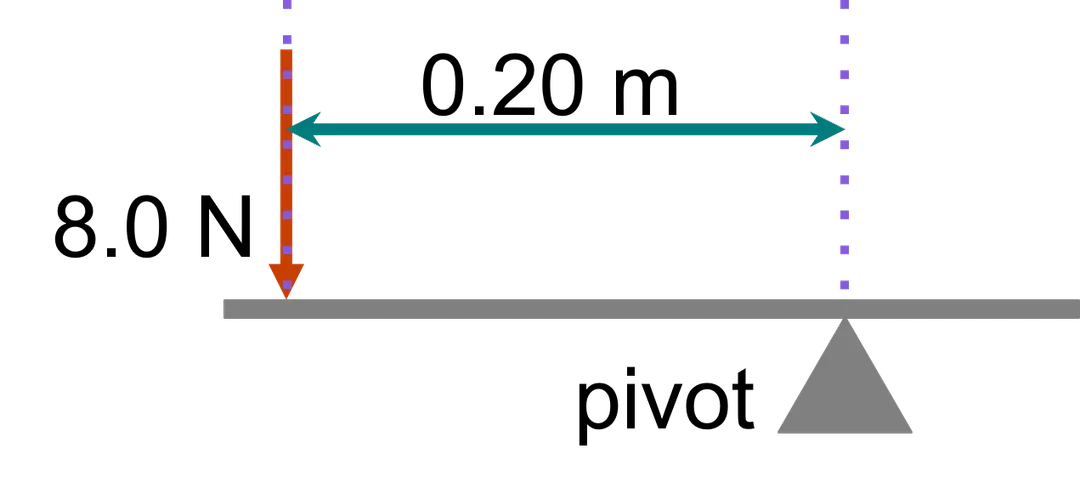
Q5.What is the moment caused by the force about the pivot in the following diagram?
You need to choose the correct distance for your calculation.
